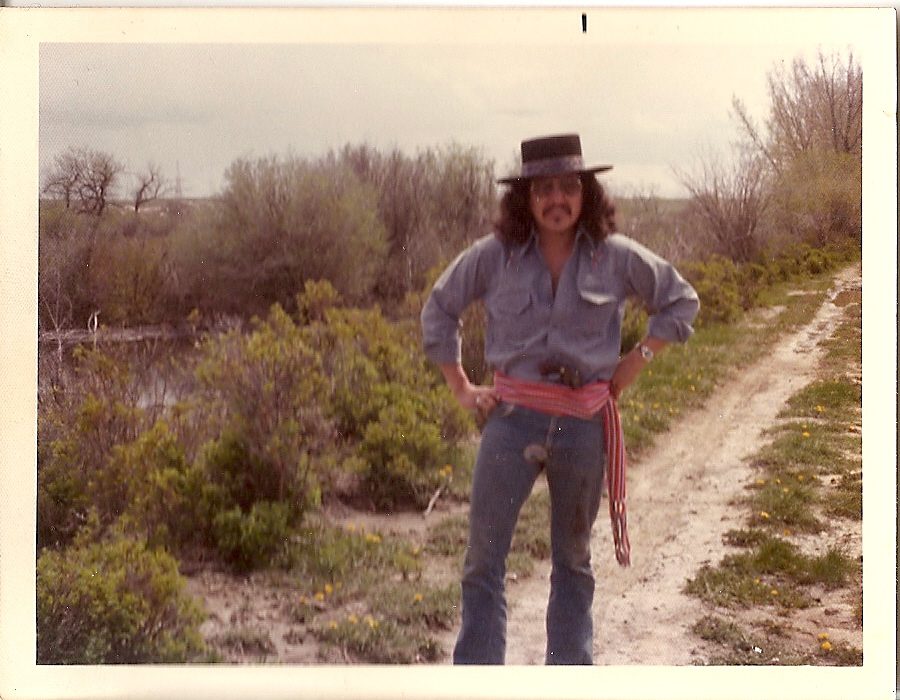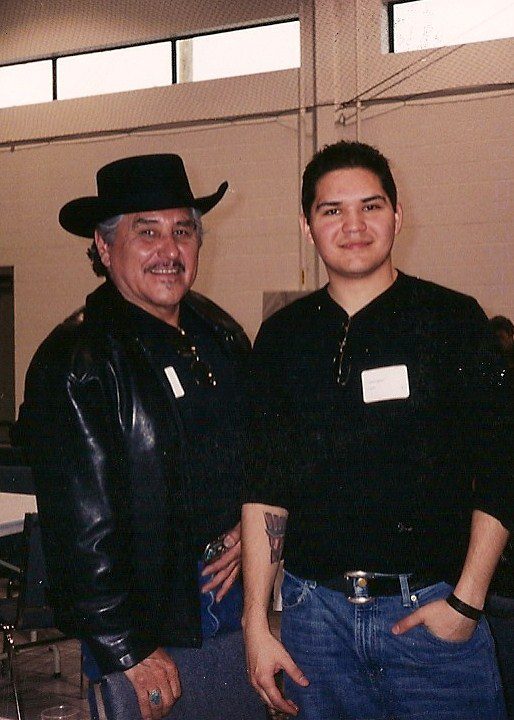Kenneth Jackson
APTN National News
OTTAWA – Thursday’s highly anticipated decision by the Supreme Court of Canada on Metis and non-status Indian rights could see the work of Harry Daniels come full circle, even in death.
Best known for getting the Metis recognized in the constitution in 1982 Daniels knew it was just the first step in securing rights for his people.
In 1999, along with Dwight Dorey of the Congress of Aboriginal Peoples, Daniels filed a court action to force the federal government to recognize its fiduciary duty to Metis and non-status Indians.
The court action was to finish what Daniels started in 1982.
He passed away in 2004, but the fight continued.
The case made its way through the courts before, ultimately, ending up before the Supreme Court last year.
“What he did in ’82 in getting Metis in the constitution, that was a huge deal, but as they learned it was incomplete,” said Daniels’ son Gabriel. “This is coming full circle, so if the decision goes through the way we hope than his work, his contribution would be complete.”

The case is based on three points:
1. The 200,000 Metis and 400,000 non-status Indians are “Indians” under the section 91 (24) of Constitution Act of 1867.
2. The federal government has a fiduciary duty.
3. And is obligated to negotiate and consult with Metis and non-status Indians.
Basically, they would have the same rights as status Indians under the Indian Act and access to benefits, such as possibly land, education and hunting rights.
Daniels’ case first went to trial in 2011 when the Federal Court ruled Metis and non-status Indians were “the most disadvantaged of all Canadian citizens” because without the protection of the federal government they were exposed to “discrimination and other social disabilities.”
But, while ruling they were the federal government’s responsibility, the court didn’t force the government’s hand on fiduciary duty or to negotiate and consult.
The federal government appealed the ruling and scored a minor victory – the federal Court of Appeal upheld the ruling in favour of the Metis, however against non-status Indians.
And there was still nothing forcing the government to act.
The Congress of Aboriginal Peoples, that represents non-status Indians, appealed to the Supreme Court.
National Chief Dwight Dorey said he’s getting differing opinions on how the Supreme Court may rule.
Lawyers have warned him they’ll likely win the first argument – that Metis and non-status Indians fall under the Constitution Act, but lawyers are not as certain on the other two points.
Dorey has “a hope and a prayer” they also win the right of fiduciary duty, but isn’t as confident that the government will be forced to negotiate and consult.
“I’m a little more optimistic. I believe we’ll get two of three,” said Dorey.
The “icing on the cake” would be if they got all three.
But what an overall victory would mean is anyone’s guess – while the Supreme Court may lay the framework, it will likely be up to the federal government and Indigenous organizations to hammer out the details said Sebastien Malette, a professor of Aboriginal Law at Carleton University in Ottawa, who helped the Metis Federation of Canada, one of a dozen intervenors in the Supreme Court case.
“We won’t know how the federal government will apply that new jurisdictional power over the Metis,” said Malette. “Is (the ruling) giving consent for Parliament to legislate upon our existence?”
He said Metis want to be brought under s. 91 (24) of the Constitutional Act but don’t want be dragged under the Indian Act.
“Yet, I’ll be frank with you, there is the danger,” said Malette.
One saving grace may be the fact that the Liberal government announced Tuesday evening it plans to do away with the Indian Act.
Justice Minster Jody Wilson-Raybould said the government aims to “complete the unfinished business of Confederation” and replace the Indian Act with a “reconciliation framework” that would outlast the life of this administration.
“It is not easy to remove the shackles of 140 years of life under the Indian Act. Our government, and I hope all members of this honourable house, is committed to ensuring, in partnership with Indigenous peoples, to do just that,” said Wilson-Raybould during a debate on the Attawapiskat suicide crisis. “For Attawapiskat and for all First Nations, the Indian Act is not a suitable system of government, it is not consistent with the rights enshrined in our constitution.”
During the arguments at the Supreme Court, Malette said various organizations made pitches on how Metis and non-status communities self-define their identify and relationship with the federal government.
He said Daniels wanted a broad approach, while others argued at the Supreme court it should be more narrow.

Gabriel Daniels remembers as a child his father would take him to political meetings.
“I remember him saying ‘we’re arguing with each other over our rights and issues. We’re fighting amongst each other … we have to move forward. We have to think bigger,'” recalled Gabriel.
He said fighting for Metis rights was his father’s life.
“That’s what he lived for,” said Gabriel. “He loved his kids, family and friends but politics was his thing.”
When Harry Daniels died, Gabriel was asked to take his place on the court action.
“I believe in this cause. I believe in what my dad fought for,” said Gabriel on the phone as his young child could be heard playing in the background.
But he knows that even if they score a victory at the Supreme Court the fight is far from over.
As it could take years to iron out the details with the federal government.
@afixedaddress










